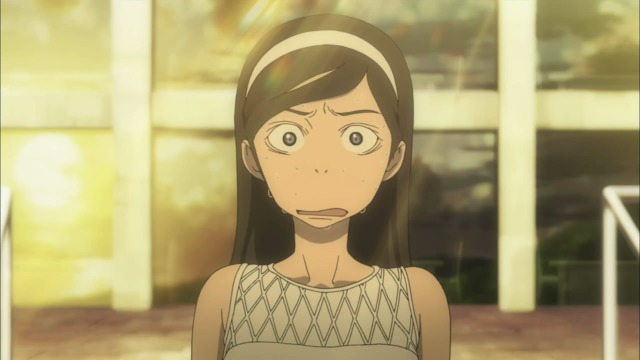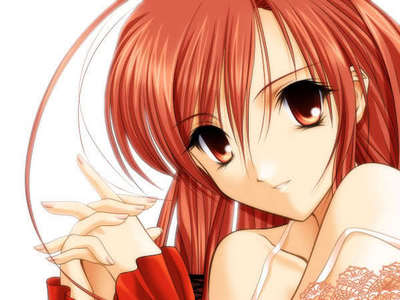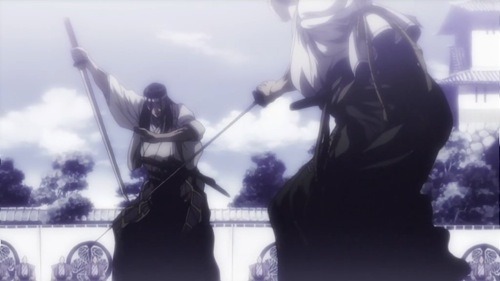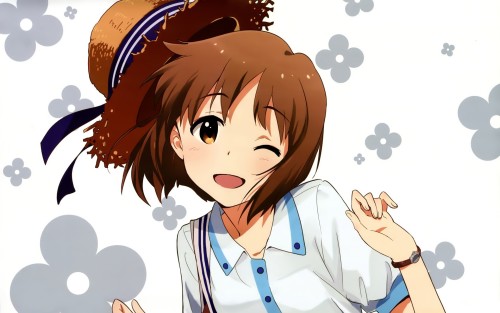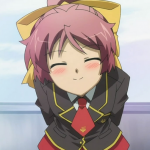 Normally cliches are something best avoided. Cliches are methods, characters, and story elements that are used to the point of becoming meaningless or losing the original meaning. After reading this post from Mainichi Anime Yume ( a great anime blog for those who haven’t read it yet), I realized there is a place for cliches. Anime really isn’t any different from American movies. Each have their own overdone themes and characters. There are several reasons for this.
Normally cliches are something best avoided. Cliches are methods, characters, and story elements that are used to the point of becoming meaningless or losing the original meaning. After reading this post from Mainichi Anime Yume ( a great anime blog for those who haven’t read it yet), I realized there is a place for cliches. Anime really isn’t any different from American movies. Each have their own overdone themes and characters. There are several reasons for this.
Instant Characterization
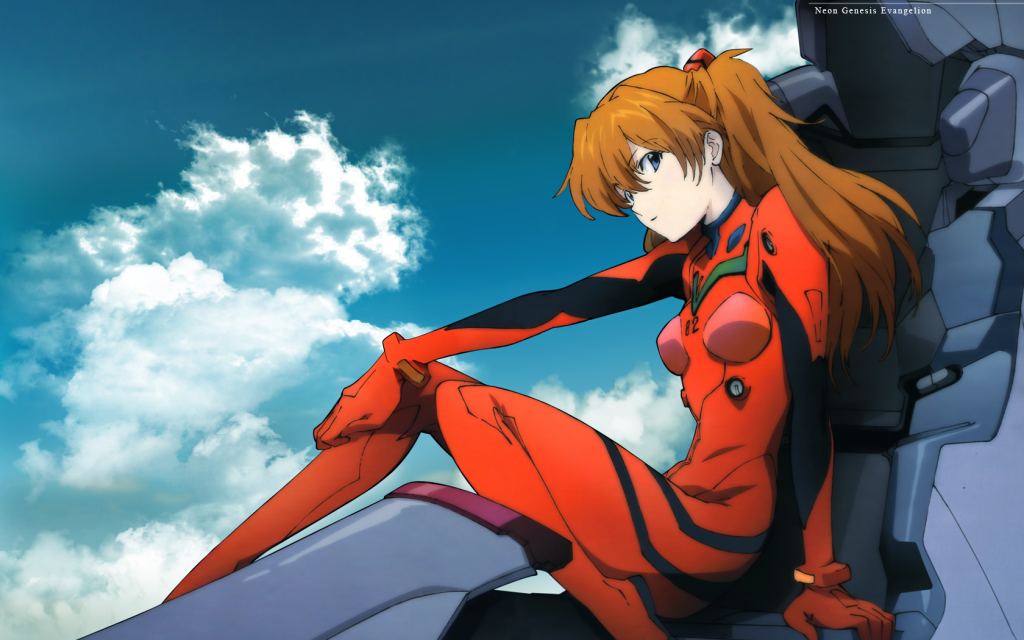 Cliches allow authors to spend more time on the details and less on establishing audience expectations for characters. Anime watchers know what to expect from tsundere or library girl characters just as American movie watchers know what to expect from the action hero. Movies and anime both have very limited space to tell a story. Cliches and stereotypes allows the writer to spend more time fleshing out the personal details of a character and the storyline. We know tsundere characters change from hostility to warmth over the course of a story. The writer can focus on how this happens and why. The action hero in movies is the same way. We know he (typically a he) has a desire to save people and kill baddies. We don’t need to know how he developed this way, only how and why he acts on that innate persona in the 2 hours we have in the film.
Cliches allow authors to spend more time on the details and less on establishing audience expectations for characters. Anime watchers know what to expect from tsundere or library girl characters just as American movie watchers know what to expect from the action hero. Movies and anime both have very limited space to tell a story. Cliches and stereotypes allows the writer to spend more time fleshing out the personal details of a character and the storyline. We know tsundere characters change from hostility to warmth over the course of a story. The writer can focus on how this happens and why. The action hero in movies is the same way. We know he (typically a he) has a desire to save people and kill baddies. We don’t need to know how he developed this way, only how and why he acts on that innate persona in the 2 hours we have in the film.
Stereotypes provide a framework that allows audiences to instantly like or dislike a character based upon their expectations. Writers can then leverage this initial reaction. Which leads to our next point:
The Surprise
Because we expect certain stereotypes to behave a certain way, writers can twist this to their advantage. For example, that action hero we liked? He is actually the villain and is killing the actual “good guys.” That tsundere character? She is actually just acting as a tsundere to get revenge or hide a deep insecurity; it is a farce. The shorthand characterization anime uses can leverage expectations of the audience and use it against them to create tension or suspense. They suspect the character will act in this way in this situation, but there can be enough hints that it may not be the cause. The difference between expectations and the reality of the story can keep the audience interested.
A character that typically acts hostile or comedic can become very human when they break down and reveal the deeper recesses of their soul. A villain that typically acts as a yakuza can surprise the audience when they learn they funnel their ill-gotten gains into an orphanage. Stereotype expectations, oddly enough, can grant writers a fair bit of freedom.
Of course, character cliches can be a problem if handled wrong. Characters can quickly become flat cookie cutters and entirely predictable. Predictability quickly kills an audience’s interest. Also having token characters just to cover the stereotypes is a problem. It can hurt and distract from the story.
Even Fan Service has a Use

Yes, fan service can be a tool for developing a character. For example, Holo from Spice and Wolf is often completely naked. However, her bearing and disregard for her nudity (at first) illustrates her wolf aspects. Wolves don’t worry about their nudity. It isn’t meant to be a sensual thing. Rather it is a way to show how she belongs to Nature. As the story progresses, she starts to become more conscious of her nudity and stops stripping altogether. That awareness illustrates how she is becoming more human than wolf in addition to representing how her relationship with Lawrence develops. Cliched fan service works when it contributes to a character. Dress or lack thereof can imply various shifts in a character’s thinking or self awareness.
Cliches provide a framework to build upon. They provide a foundation or a context for the audience to start with and frees the writer from re-inventing the wheel. Originality is great, but it is also rare. Nearly everything that can be done has to done often. Anime rarely has the run time to build a character archetype from scratch. Using established stereotypes allows writers to focus on their story and character personality. Cliche is a tool that can be used well or used poorly.
It is important to remember that cliches were once new ideas that worked very well.
